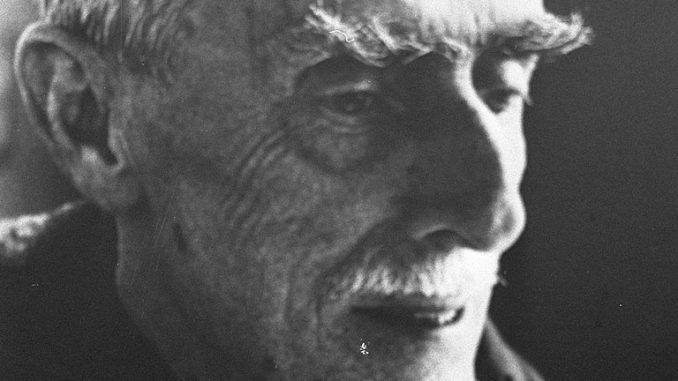
Born in Leeuwarden, Netherlands, Maurits Cornelis Escher (1898 – 1972), better known to the world as M. C. Escher, was a brilliant artist who innately understood two-dimensional and three-dimensional space, especially spatial relationships. He was a savant who intuitively understood mathematics but had difficulty with the language of math. For most of his life, he believed he was inept in mathematics, even as his artistic creations were admired and praised by great mathematicians of the time, including H. S. M. Coxeter, Roger Penrose, and Doris Schattschneider.
As a child, Escher was sickly and a poor student. However, he was creative and enjoyed drawing. Although he earned mostly poor grades in school, he enjoyed piano and carpentry lessons. His father was a successful civil engineer whose career may have influenced “Mauk” (a nickname) to pursue related studies at the Technical College of Delf, and later architecture at the Haarlem School of Architecture and Decorative Arts. The coursework proved to be another academic stumbling block, forcing a change of focus from architecture to the decorative arts. This is where Mauk shined.
Graduating in 1922, Escher toured Spain and Italy, where his artistic ability was put to good use. He became fascinated by Moorish architecture and the tessellation of the tiling decorating the Alhambra in Granada, Spain. Mauk fell in love with the scenery of Italy, met a woman from Switzerland who shared his enthusiasm for Italia, married, and raised a family there. They were happy until 1935, when Mussolini’s dictates became too much to bear. Escher was apolitical, but he would not be told how he and his family must live. They relocated to Switzerland for awhile, but were disconent there, and moved to Belgium. Belgium was fine, but they were forced to move to his home country of the Netherlands when the Second World War began.
Escher’s obsession with tessellations sparked an interest in mathematical drawings. Among his most famous works are Relativity and Waterfall. A collection of 470 pieces of his best artwork may be viewed online. I had hoped to embed a few examples of his most famous works of genius, but to avoid any potential copyright infringement a virtual art gallery tour video presentation is offered instead.
“M.C. Escher: A collection of 222 works (HD)” (22:33):
Outside of Mathematics circles, Escher’s work went unrecognized until late in his life, even among art critics, who clearly did not care for it. Scientific American magazine made Escher famous through the monthly “Mathematical Games” columns written by Martin Gardner. In the April 1966 issue, Gardner wrote about “The eerie mathematical art of Maurits C. Escher”. People who aren’t art critics have loved Escher’s work ever since. No doubt many students have been inspired by Escher’s art to become mathematicians, architects, engineers, and even artists!
Question of the Night: What’s your favorite kind of art, or who’s your favorite artist, or specifically what is the greatest artwork of all time?
